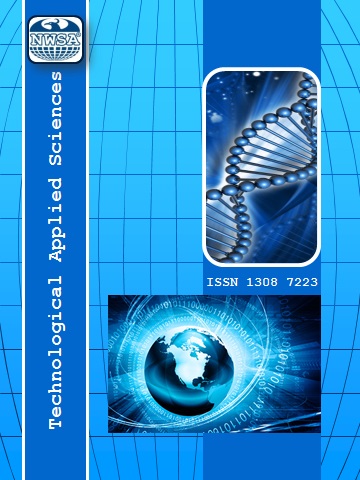References
[1] Dalal, N. and Triggs, B., (2005). Histograms of oriented gradients for human detection. In 2005 IEEE computer society conference on computer vision and pattern recognition (CVPR'05), San Diego, CA, USA, pp:886-893. https://doi.org/10.1109/cvpr.2005.177.
[2] Cortes, C. and Vapnik, V., (1995). Support-vector networks. Machine learning, 20(3):273-297. https://doi.org/10.1007/bf00994018.
[3] Cover, T. and Hart, P., (1967). Nearest neighbor pattern classification. IEEE transactions on information theory, 13(1):21-27. https://doi.org/10.1109/TIT.1967.1053964.
[4] Alaeddine, H. and Jihene, M., (2021). Deep residual network in network. Computational Intelligence and Neuroscience, 2021. https://doi.org/10.1155/2021/6659083.
[5] Abouelnaga, Y., Ali, O. S., Rady, H., and Moustafa, M., (2016). Cifar-10: Knn-based ensemble of classifiers. In 2016 International Conference on Computational Science and Computational Intelligence (CSCI), Las Vegas, NV, USA, pp:1192-1195. https://doi.org/10.1109/csci.2016.0225
[6] Thakkar, V., Tewary, S., and Chakraborty, C., (2018). Batch Normalization in Convolutional Neural NetworksA comparative study with CIFAR-10 data. In 2018 fifth international conference on emerging applications of information technology (EAIT), Kolkata, India, pp:1-5. https://doi.org/10.1109/eait.2018.8470438.
[7] Coates, A., Ng, A., and Lee, H., (2011). An analysis of single-layer networks in unsupervised feature learning. In Proceedings of the fourteenth international conference on artificial intelligence and statistics, pp:215-223.
[8] Xu, B., Wang, N., Chen, T., and Li, M., (2015). Empirical evaluation of rectified activations in convolutional network. arXiv preprint arXiv:1505.00853.
[9] Giuste, F.O. and Vizcarra, J.C., (2020). CIFAR-10 Image Classification Using Feature Ensembles. arXiv preprint arXiv:2002.03846.
[10] Romanuke, V.V., (2017). Appropriateness of DropOut layers and allocation of their 0.5 rates across convolutional neural networks for CIFAR-10, EEACL26, and NORB datasets. Applied Computer Systems, 22(1):54-63. https://doi.org/10.1515/acss-2017-0018.
[11] Tang, Y., (2013). Deep learning using linear support vector machines. arXiv preprint arXiv:1306.0239.
[12] Krizhevsky, A. and Hinton, G., (2009). Learning multiple layers of features from tiny images (Technical Report). University of Toronto.
[13] Rudnicky, A.I., Brennan, R.A., and Polifroni, J.H., (1988). Interactive problem solving with speech. The Journal of the Acoustical Society of America, 84(S1):S213-S213. https://doi.org/10.1121/1.2026163.
 +90(535) 849 84 68
+90(535) 849 84 68 nwsa.akademi@hotmail.com
nwsa.akademi@hotmail.com Fırat Akademi Samsun-Türkiye
Fırat Akademi Samsun-Türkiye
